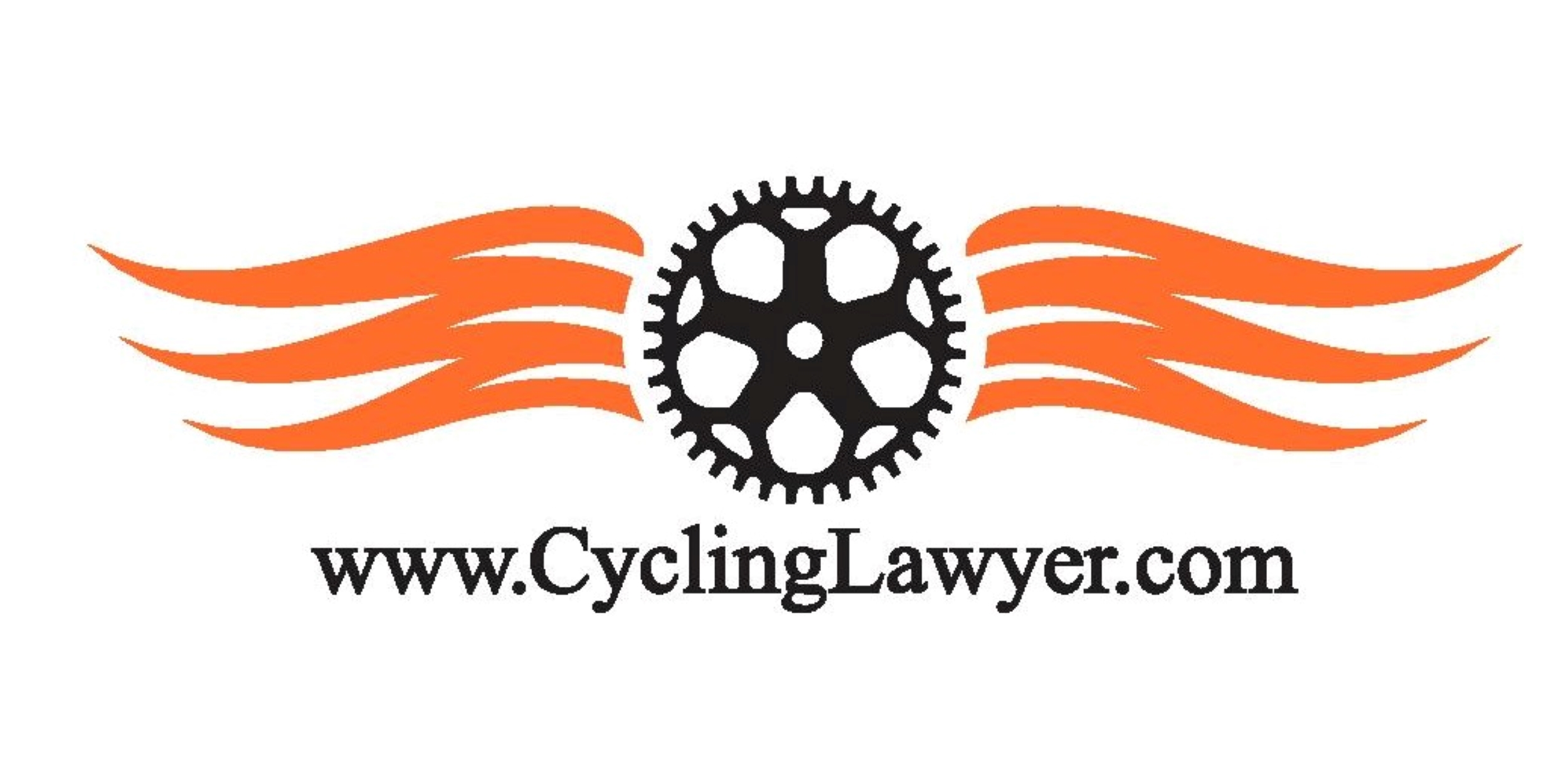Why Kids Should Wear Helmets (And You Should, Too)
On Labor Day, while riding down to the local coffee shop, I was excited to see a dozen kids out riding bikes. It’s easy for adults to complain about kids sitting inside on phones and computers and video games, and it was refreshing to see so many outside. But it wasn’t until I got off my bike and hung up my helmet that I really noticed; none of them were wearing a helmet.
You might guess that is a detail that I might have picked up sooner, but perhaps because kids not wearing helmets on bicycles seems to be more common, it didn’t register. Granted, kids are required to wear helmets at Norte’s Bike Mas summer program, after school events, and mountain bike team practices, and those kids continue to wear their helmets on their own. But outside of more formal structures, fewer kids seem to be wearing helmets, even under adult supervision.
There is a lot of debate about helmets, but advocates for adults not wearing helmets typically draw the line for kids. From toddlers to teens, the young brain is extremely delicate and vulnerable; it’s not fully developed yet, and impact trauma on any level can have dramatic consequences. If wearing a bicycle helmet improves safety and defends against injury by even 1%, that’s a vital 1% that could shape your child’s entire future. Traumatic Brain Injury has a long list of symptoms, all the more likely with TBI cases in children.
In an effort to get more parents to help, we examined a few excuses for not wearing a helmet. These don’t just apply to kids; adults can benefit from helmets, too!
They Cost Too Much. They don’t. All helmets on the market have to pass the same safety inspection, and it’s not a graduated test. These helmets are graded on a pass/fail basis, which means that, legally speaking, a $35 helmet is no less safe than a $300 helmet. The more expensive helmet may be lighter, use different materials or molding, have different adjustments to improve the fit, or offer different features, but they’ll do just as good of a job protecting your head.
Some of our favorite helmets range in the $35 to $55 range; for the price of one to two tanks of gas, you’ve got a helmet that makes it possible to park the car and ride!
Organizations like Lids for Kids help get helmets to kids in need, free of charge.
You Don’t Need One. You do. Traffic crashes with cars and bikes have changed in recent years. While overall crashes have gone down, the accidents that do happen are becoming more deadly. According to the US Department of Transportation, over 45,000 cyclists were injured in 2015, while over 800 of those incidents were fatal. For cyclists and pedestrians, fatal incidents have gone up every year since 2009. Protecting yourself starts with a helmet, a full understanding of traffic laws, awareness and confidence, and safe non-motorized infrastructure.
They Don’t Help. Oh, they do. An Australian study examined just what impact helmets had in protecting against, well, impact. They found that wearing a helmet in a crash offer 51% less chance of head injuries, 69% less chance of serious head injuries, and 65% less chance of fatal head injuries. That’s a huge risk reduction with minimal effort. Helmets can also prevent accidents, too. Purchasing hi-vis colors or reflective stripping helps make cyclists more visible to motorists, an added bonus of choosing to ride with a helmet.
I Don’t Have To. In most places, no, you don’t. Some countries, like Australia, have mandatory helmet laws that require helmet use. Some cyclists don’t agree with these types of law, arguing that they inhibit new riders and low participation rates of cyclists. Very few states have mandatory laws for adults, but many have helmet requirements for children under the age of 16. This is a really handy resource to see where helmets are required.
In short, adults may be entitled to form their own opinions about helmets, but children’s delicate brains deserve to be protected. Make it a point to encourage helmet use in your city and set the example by wearing one yourself; you never know what sort of impact you may have on a fellow cyclist.

